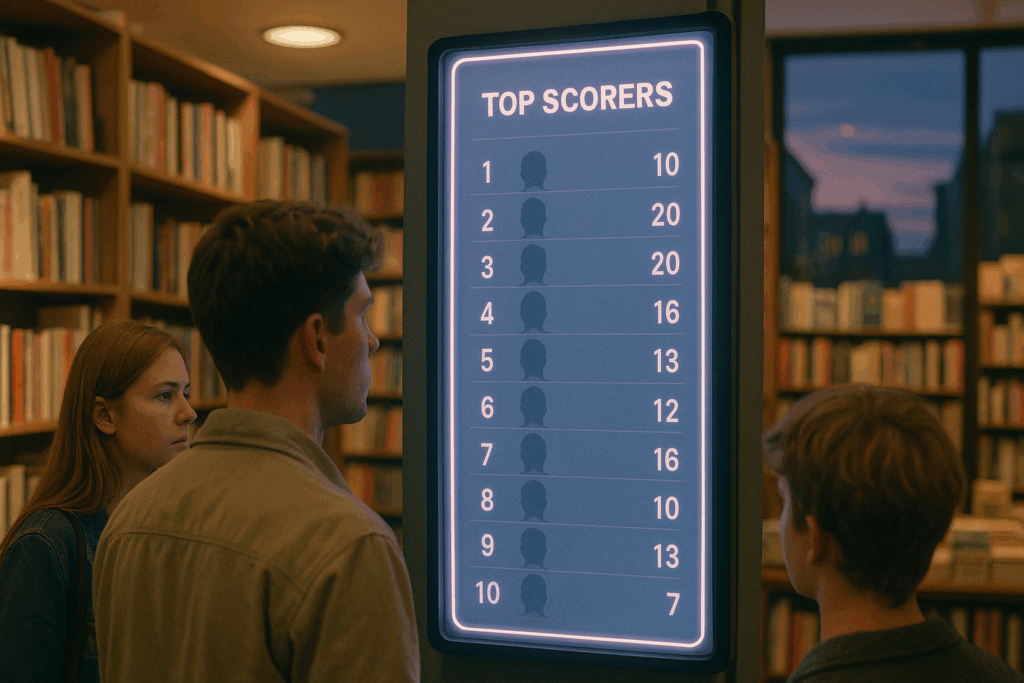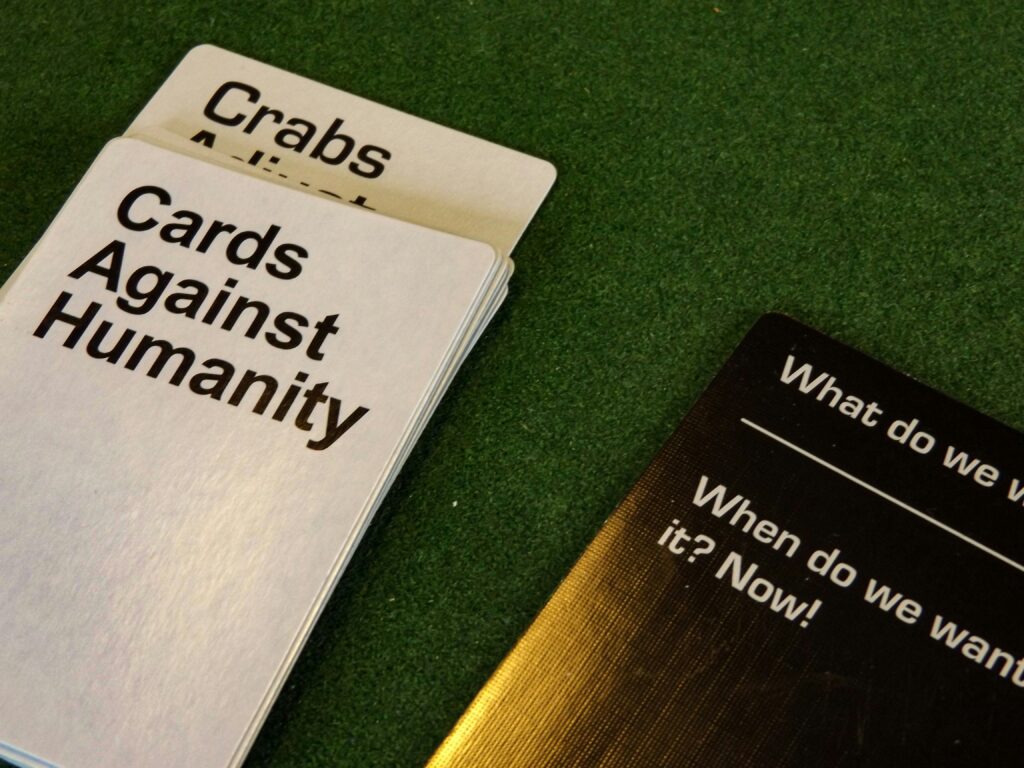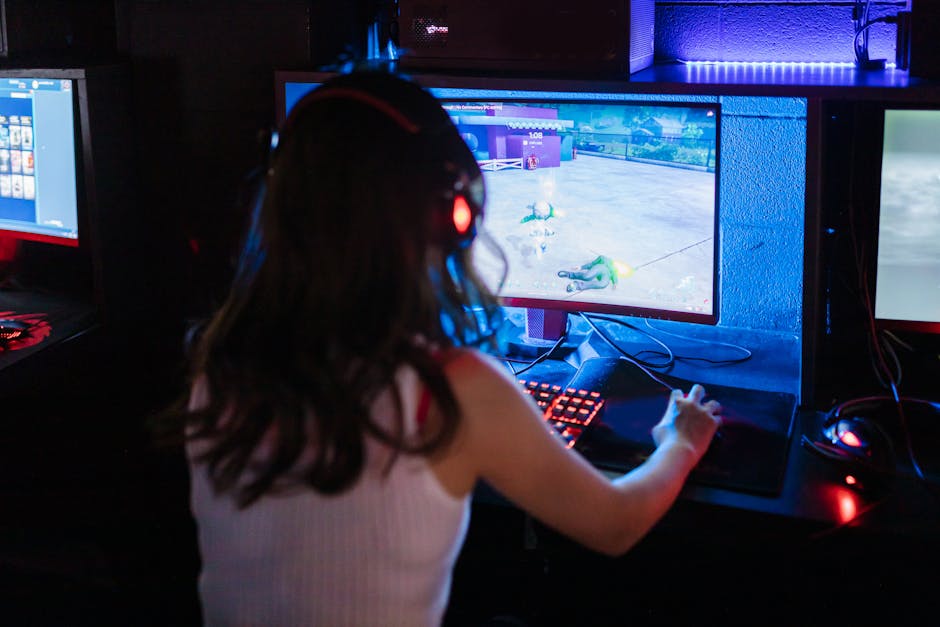The Mindset of a Consistent Top-Ranker
You can have the cleanest aim, flawless mechanics, and still plateau if your head’s not in the right place. Top-level gaming isn’t just about reflexes—it’s about mental durability. Mindset beats mechanics in the long run because decision-making under pressure, discipline through losing streaks, and focus after 3-hour sessions are what keep you climbing when others burn out.
Tilt happens, fatigue creeps in, and focus fades—especially if you’re grinding hard. The best players manage these cycles as part of the game. They recognize early signs of tilt and reset fast. They take real breaks, not just alt-tab to scroll socials. They track their energy during sessions and adjust expectations. Mental stamina is built like any other skill: with repetition and awareness.
Consistency, not streaks, is the competitive edge. Showing up sharp across dozens or hundreds of sessions matters more than one god-tier game. If you can bring 80% of your peak performance most of the time, you’re ahead of the field. The players at the top aren’t always flashiest—they’re just the hardest ones to knock off the board.
Mechanix: Mastering Game-Specific Skill Sets
High-level play doesn’t come from grinding mindlessly—it comes from tightening every interaction, every movement, every input. Start with input precision. Whether it’s clicks per second, joystick tilt angles, or timing your ability cancels, the best players have one thing in common: clean execution. No wasted motions. No slop.
And that kind of control doesn’t come from just playing more—it comes from practicing with a goal. If your aim is shaky, isolate it. If your movement is clunky, break it down. Top players set micro-drills, review footage, and track specific skill improvements over time. Think “deliberate practice,” not just “more hours.”
The goal is muscle memory and automated decision-making under pressure. You don’t want to be thinking in a firefight—you want your body to handle half the work for you. Reaction windows shrink at the top, and only players who’ve conditioned their hands and eyes to sync with the game survive that snap-second pressure. Do it slow. Do it right. Then do it fast. That’s how mastery is built.
Meta Awareness and Adaptation
If you’re not tracking the meta, you’re already behind. Top players know the patch notes better than the devs who pushed them. Not casually skimming them—studying every nerf, buff, cooldown tweak, and line item. Meta shifts aren’t abstract theory. They’re real-world changes that tilt every match in or out of your favor depending on how fast you adapt.
Watch leaderboard trends. Look at who’s climbing fast and what they’re running. Are more players switching to burst damage builds? Is crowd control dominating mid-game fights now? These are signals. Read them right and your strategy evolves while others stall.
Even more critical: move before everyone else does. If you’re lagging behind waiting to see how the scene settles, you’re just queue fodder. Adapt early. Test builds in scrims. Rotate picks before they hit tier lists. Meta mastery doesn’t mean copying the best. It means thinking two updates ahead—and tweaking your game before the trend even locks in.
Map Knowledge and Situational Control
Good players know how to aim. Great players know where to point that aim before the enemy gets there. Mastering a map means more than remembering layouts. It’s about predicting behavior—reading the silent signals, knowing which routes attract heat, and controlling space before the fight even begins.
Choke points and ambush spots are your best friends—or worst enemies—depending on how you use them. Every map has landmarks that shape flow. Maybe it’s a narrow corridor, a high ground with vision, or a flank route people forget about until it’s too late. Learn them. Live in them. Then bleed them dry for advantage.
Predictability, though, gets punished. If you rotate the same way every match, someone’s already aiming at your head. Vary your routes. Fake your patterns. Condition opponents to expect one thing, then bend the map around your real plan.
And don’t underestimate micro-decisions. Do you wait two seconds or push now? Peek wide or go for a jump angle? Grab that objective early or bait it? These aren’t just calls—they’re coin flips that stack into wins or losses. The best players don’t guess. They read the room, they know the angles, and they move with intent.
Map control isn’t flash. It’s cold. Precise. And nearly invisible—until it’s already too late for the other guy.
Strategic Loadouts and Builds
When it comes to climbing leaderboards, your loadout choices can make or break your performance. Success isn’t about copying what’s popular—it’s about understanding what works against the current trends and customizing your approach to fit your strengths.
Counter the Trend, Don’t Chase It
Chasing meta loadouts usually means you’re always one step behind. Instead:
- Identify common builds in your ranked bracket
- Design counter-gear to exploit their weaknesses
- Stay ahead by creating loadouts that others haven’t figured out how to beat yet
This strategy forces opponents out of their comfort zone and gives you a tactical edge.
Smarter Stat Balancing
Winning skirmishes isn’t just about raw stats—it’s about the right balance for your playstyle. Every item or skill has trade-offs:
- Do you sacrifice mobility for more damage?
- Is it worth tanking up if it slows your skill cooldowns?
- How does your stat distribution influence your role: aggressor, support, flanker?
Elite players understand how to build around their loadout’s strengths and compensate for its weaknesses.
Theorycrafting (Without Burning Hours)
You don’t need to spend all night in forums breaking down spreadsheets to theorycraft effectively. Here’s a more efficient approach:
- Review patch notes to spot buffs/nerfs that affect your gear
- Watch high-ranked players and analyze their build choices
- Use in-game testing sessions to compare gear or talent setups
- Create 2–3 flexible builds instead of dozens of hyper-specialized ones
The goal isn’t perfection—it’s consistency and adaptability. When your loadout supports your strategy, every fight becomes a calculated risk instead of a coin flip.
Communication and Team Synergy (When Applicable)
If you’re grinding multiplayer, communication isn’t optional—it’s infrastructure. The best squads don’t just talk a lot, they talk with purpose. Roles are set before the match starts. Everyone knows their lanes, cooldowns, and responsibilities. Timing is synced so no utility goes to waste. And callouts? Sharp, objective, and minimal. No debates midfight. Just clear info: “Flank left. One shot. Rotate now.”
Top-tier squads use layered comms: verbal for urgent action, pings for quick, silent signals. Overloading voice channels with noise or panic chatter kills focus. The goal is clarity, not commentary. Practiced teams even rehearse callout phrases—treating it like football playbooks. Muscle memory, but for the mic.
If you’re solo queuing, the rules are different but the mindset’s just as critical. Start with mute mastery: shut out toxic noise fast. Focus only on what you can control—your plays, your positioning, your tempo. Use pings thoughtfully to guide random teams without tilting them. And—even solo—play like you’re part of a team. Be predictable in good ways. Anchor one side, don’t abandon overwatch, don’t chase scraps alone.
Whether it’s a five-stack or free-for-all, smart comms and responsibility win rounds. Don’t be the loudest voice—be the most reliable. That’s how you climb.
Reviewing and Learning from Losses
Losing isn’t failure—it’s feedback. The key difference between casual players and consistent leaderboard climbers lies in how they process their losses. Top performers treat every defeat like data. They review, reflect, adjust. No excuses, no emotional spirals.
Start by building a system. After every session, flag two or three matches where things fell apart. Watch the replays with purpose—your goal isn’t to relive the pain but to look for patterns: missed rotations, poor positioning, hesitation under pressure.
Tactical feedback beats emotional venting every time. Saying “I got unlucky” teaches you nothing. Noticing you pushed without info or burned an ability too soon? That’s progress. Keep your feedback tight: What went wrong? Why? What will you do differently next time?
There’s plenty of help if you’re willing to use it. Tools like Insights.gg, Outplayed, or mobile-specific overlays break down your decisions frame by frame. Some even track combat stats, map heatmaps, and ability usage. Don’t just download them—build them into your improvement loop.
Post-game analysis is where real growth happens. No one climbs by playing perfect; they climb by spotting their blind spots and fixing them. Get clinical. Get better.
Staying Sharp Long-Term
You can’t climb leaderboards if you’re running on fumes. Burnout kills focus, reflexes, and—above all—progress. The best players know that rest isn’t weakness; it’s part of the training. Dial in your screen time. Yes, you need reps, but logging 12 hours straight in grind mode doesn’t do much if your mind checks out halfway through.
Top performers build in recovery periods. That might mean rotating in low-stakes matches, taking a day to review footage instead of logging on, or just walking away for real rest. Pay attention to your energy cycles—some players peak early, others operate best late at night. Use that to schedule your serious sessions.
Also: if you’re not having at least some fun, you’re doing it wrong. Frustration is part of the game, sure. But when everything feels like a chore, you’re probably pushing past your edge. Add challenges, swap roles, jump into other game modes—do what keeps you mentally loose. Because over time, it’s the players who stay motivated and mentally sharp that keep climbing. Not just the biggest grinders.
Leveling Up Beyond the Game
There’s more to climbing the leaderboard than grinding matches. For top players, content creation isn’t just a side hustle—it’s part of training. Recording gameplay forces review. Streaming invites real-time feedback. Building an audience sharpens your voice, your brand, and your decision-making. When you break down your own plays for others, you start to analyze them differently.
Then there’s the input that goes deeper than you alone. Coaching—real coaching—is underrated. The third-party perspective picks up on patterns you miss. Scrims (structured practice with or against high-level teams) reveal what doesn’t show in solo queue. You stop freestyling every round and start seeing the game in layers.
Progress hits another gear when you treat your time like a pro. Set goals, track sessions, rotate between grinding, review, and rest. And don’t wait until burnout sets in before you make those shifts. You’re not just playing to win—you’re building systems that produce wins.
For a deeper breakdown of tactical frameworks and practice systems, check out Mastering Game Strategies: Essential Tips for Success.
Final Word: Dominating with Discipline
Luck gives you moments. Preparation gives you streaks.
Anyone can pop off once. A rare drop, a bad matchup, a surprise flank—and boom, you’re top of the board. But leaderboard legends don’t rely on moments. They rely on systems. Smart repetition turns raw skill into reflex. Review, refine, repeat. That’s the loop.
Staying at the top isn’t just about talent. It’s about showing up when it’s not glamorous, when you’re tired, when the patch nukes your build and your muscle memory’s fighting you. Pros keep climbing because they fall in love with the process.
You don’t luck into a win streak. You prep into one. So stay sharp. Check your ego. Show up for the grind. Because in this game, steady pressure beats flashes of brilliance every time.


 Esports Trends Analyst & Community Programs Manager
Esports Trends Analyst & Community Programs Manager
